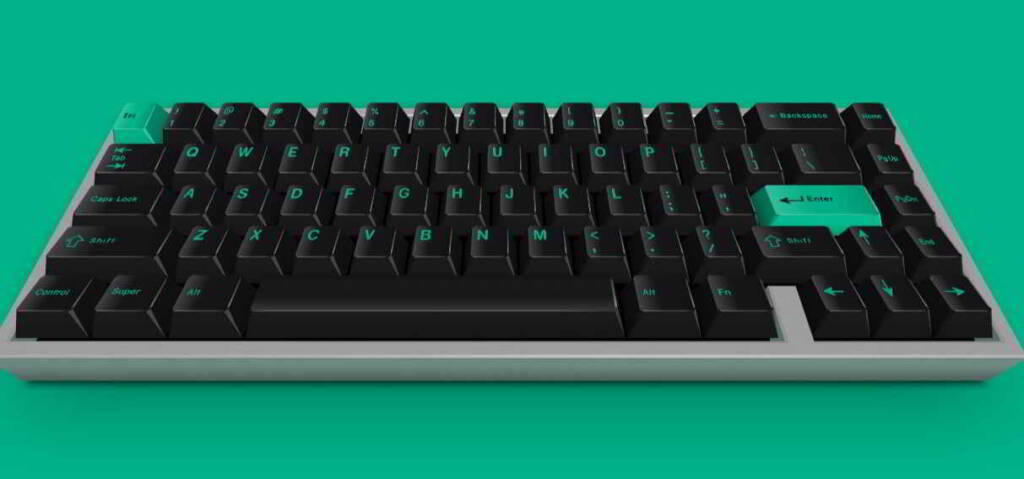Typing has become an essential skill in the digital age, but its journey from clunky typewriters to sleek modern keyboards is a fascinating tale of innovation, technology, and design evolution. Over the past century, typing tools have transformed drastically, shaping how we communicate, work, and create.
The Era of the Typewriter
The invention of the typewriter in the late 19th century revolutionized written communication. Christopher Latham Sholes, along with his partners, created the first commercially successful typewriter in 1873, featuring the now-famous QWERTY layout. This layout was designed to prevent mechanical jams by spacing out commonly used letter pairs. Typewriters became indispensable tools in offices, journalism, and personal correspondence.
Despite their utility, typewriters had significant limitations. They were bulky, noisy, and error correction was cumbersome. Nevertheless, they laid the foundation for the typing technology we rely on today.
The Transition to Early Computers
The arrival of computers in the mid-20th century marked the next major milestone in typing technology. Early computer keyboards borrowed heavily from typewriter designs but introduced electric components for smoother typing. The IBM Model M keyboard, introduced in 1985, became an icon with its tactile feedback and audible clicks, still cherished by enthusiasts today.
These early keyboards brought new possibilities, including specialized keys like ‘Ctrl,’ ‘Alt,’ and ‘Delete,’ which expanded functionality beyond simple text entry.
The Rise of Modern Keyboards
With the dawn of the personal computer era in the late 20th century, keyboards evolved into sleeker, more ergonomic designs. Membrane keyboards, with their quieter and softer keystrokes, became standard in many households and offices. Wireless technology eliminated the clutter of cables, and keyboards became more portable.
Today’s keyboards cater to diverse needs—from gaming enthusiasts seeking ultra-responsive mechanical switches to professionals preferring ergonomic designs that reduce wrist strain. Virtual keyboards on smartphones and tablets have further redefined typing, allowing touchscreens to replace physical keys.
Innovations in Typing Technology
Typing continues to evolve with innovations such as voice recognition, gesture-based input, and AI-powered predictive text. Technologies like haptic feedback in virtual keyboards aim to replicate the tactile feel of physical keys.
Furthermore, mechanical keyboards have made a comeback, with customizable switches and RGB lighting becoming popular among gamers and programmers.
Typing Speed Test
Typing Speed: 0 WPM
Accuracy: 0%
Correct Words: 0
Wrong Words: 0
The Future of Typing
Looking ahead, typing might shift from traditional keyboards to more advanced interfaces. Brain-computer interfaces (BCIs) are already being developed, allowing users to type using their thoughts. Augmented Reality (AR) and Virtual Reality (VR) are also introducing new ways to interact with digital devices.
Frequently Asked Questions (FAQs)
1. What is the QWERTY keyboard layout, and why is it still used? The QWERTY layout was designed to reduce mechanical jams in early typewriters by spacing out frequently used letter pairs. Despite technological advancements, it remains the standard because of widespread familiarity and muscle memory among users.
2. What is the difference between mechanical and membrane keyboards? Mechanical keyboards use individual switches under each key for tactile feedback and durability, while membrane keyboards use a pressure pad system, making them quieter and more affordable.
3. Are ergonomic keyboards worth it? Yes, ergonomic keyboards are designed to reduce wrist strain and improve typing posture, making them beneficial for users who type for extended periods.
4. What is the future of typing technology? The future includes brain-computer interfaces, voice recognition, and augmented reality keyboards, offering more seamless and innovative ways to input text.
5. Can virtual keyboards replace physical keyboards? While virtual keyboards are convenient for mobile devices, physical keyboards still offer better tactile feedback and efficiency for heavy typing tasks.
Conclusion
From the mechanical clatter of typewriters to the silent tap of virtual keys, typing has undergone a remarkable transformation. As technology continues to evolve, so will the ways we input text. One thing remains certain: typing, in one form or another, will remain a cornerstone of human communication in the digital era.
Whether you’re nostalgic for the satisfying click of a typewriter or excited about futuristic typing innovations, the evolution of typing reflects our constant drive for efficiency, creativity, and connection.

